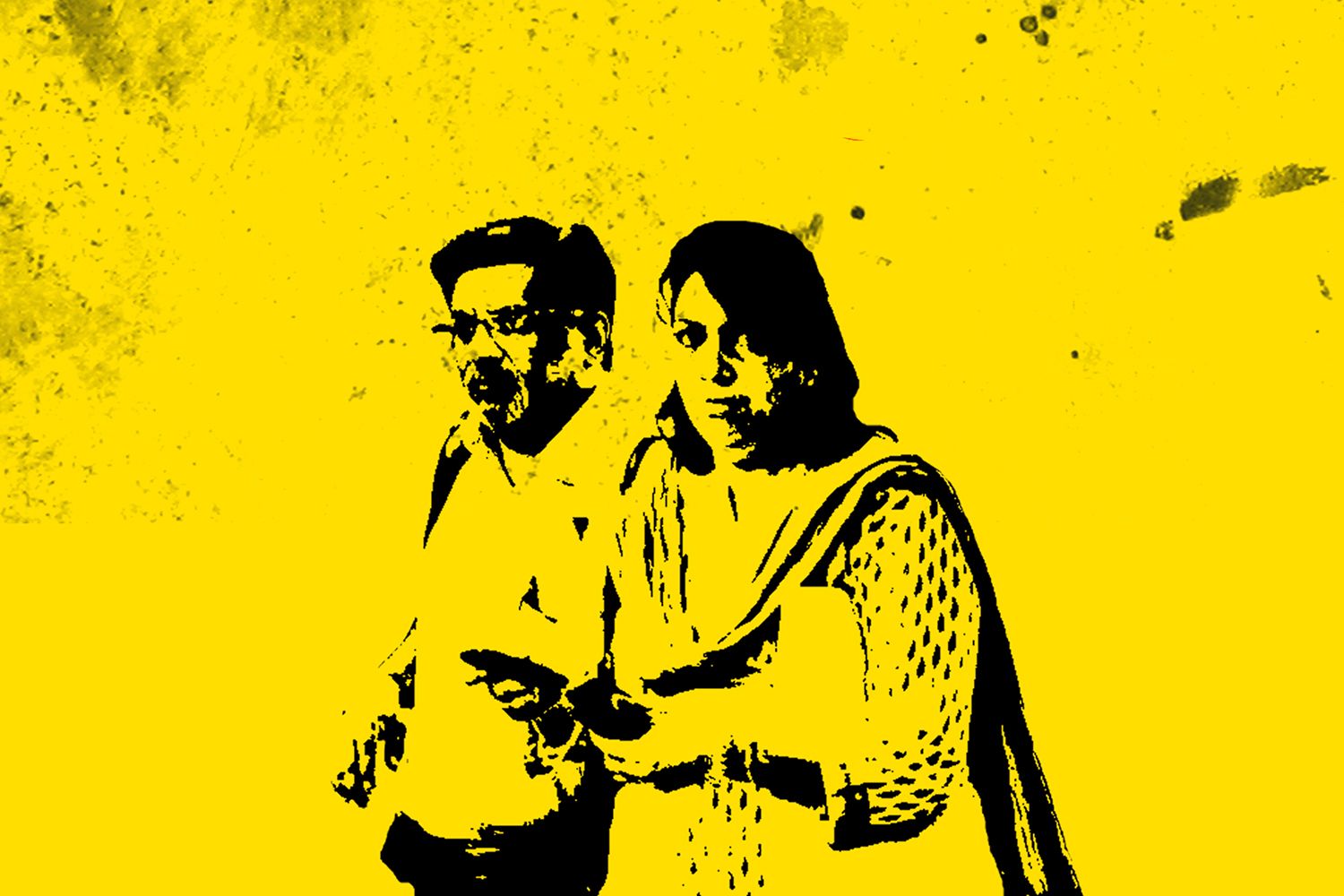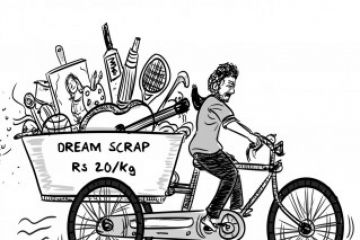
The Allahabad High
Court, on October 12, 2017 ruled that in the murder of Aarushi Talwar, only daughter
of dentists Rajesh Talwar and Nupur Talwar, and their domestic help Hemraj, the
Central Bureau of Investigation (CBI) had “failed to prove its case against the
accused-appellants beyond all reasonable doubts” and that “the case against the
appellants (the Talwar couple), cannot be sustained”.
The two-member bench
of Justice Bala Krishna Narayana and Justice Arvind Kumar Mishra






